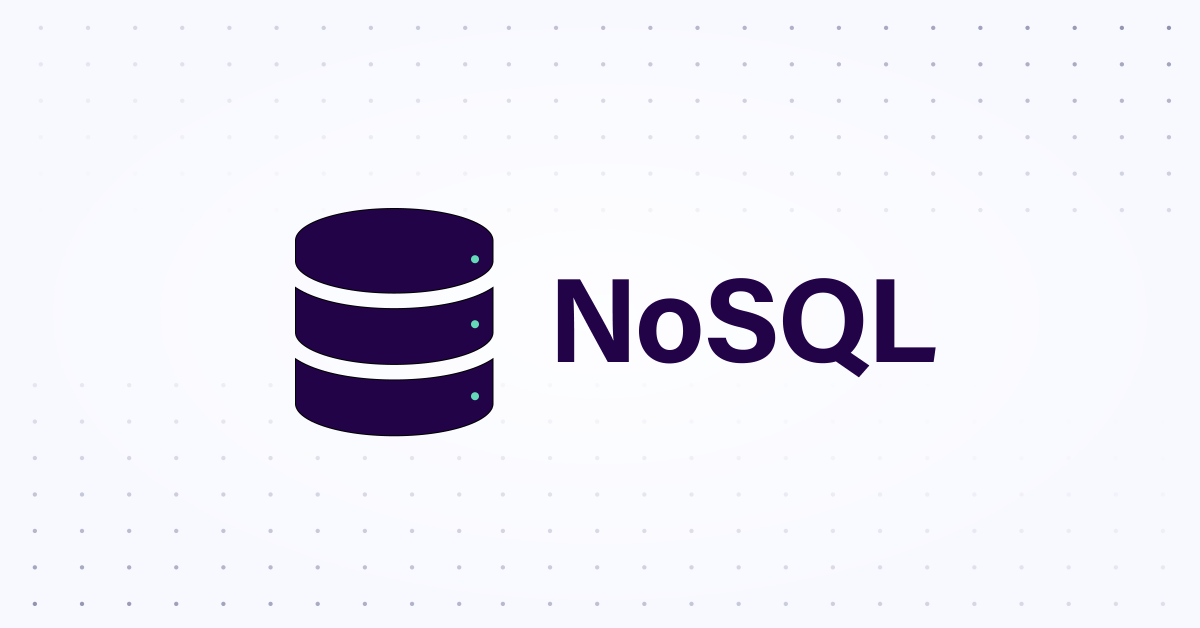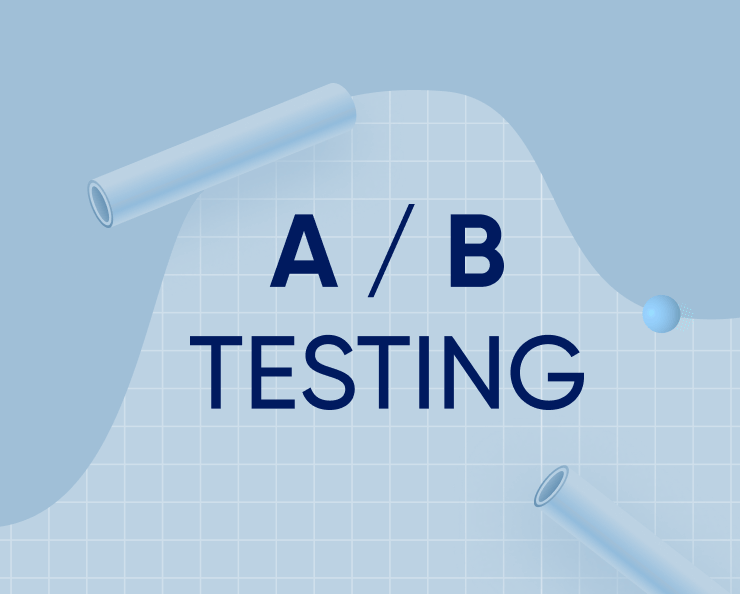Leveraging Data and Data Structures in Business Systems Analysis
Aug 28 2023Introduction
In today's competitive business environment, data plays an increasingly crucial role. It forms the foundation of strategic decision-making, informs risk mitigation, and supports process optimization. This is especially true in the realm of Business Systems Analysis (BSA), where data is not merely numbers or text; it is the bedrock for actionable insights. This comprehensive article will delve into the importance of data in BSA, types of data to consider, basic data structures, data analysis techniques, and essential tools.
Table of Contents
- Understanding Data in BSA Context
- Types of Data Relevant to BSA
- Basic Data Structures for BSA
- Data Analysis Techniques
- Tools and Software for Data Handling
- Case Studies
- Conclusion
1. Understanding Data in Business Analysis Context
Importance of Data
In Business Systems Analysis (BSA), data serves as the lifeblood that nourishes every decision and strategy. It transcends beyond mere numbers or metrics; it is a conglomerate of facts and statistics that underpin the health and trajectory of a business.
Strategic Decision-Making: One of the primary utilities of data is its role in shaping strategic decisions. When business analysts have access to comprehensive and accurate data, they can make decisions that are informed rather than speculative. For instance, data can reveal which products are underperforming, allowing a company to realign its product portfolio strategically.
Process Optimization: Data also enables analysts to meticulously map out business processes, identify inefficiencies, and propose solutions to streamline operations. With the use of data, elements like bottlenecks or resource wastage can be detected early, thereby allowing for timely intervention.
Risk Mitigation: In the volatile business environment, risks are unavoidable. However, understanding data can guide analysts in risk assessment, helping them identify potential pitfalls and make provisions to mitigate the impact.
Information Over Data
In BSA, collecting data is only the first step. The real value lies in translating this raw data into actionable information.
Data Cleaning: The first stage involves scrubbing the data to remove any inconsistencies, errors, or redundancies. Poorly maintained data can lead to incorrect analyses and, consequently, flawed business decisions.
Data Transformation and Modeling: Once cleaned, the data is transformed and modeled to align with the objectives of the analysis. This could involve statistical modeling or machine learning techniques to predict future trends.
Decision Support: The ultimate goal is to produce information that can guide business strategies, influence decision-making processes, and offer insights that can be acted upon.
2. Types of Data Relevant to BSA
Qualitative Data
Not all data can be quantified, but that does not make it any less valuable. Qualitative data often provides the context that quantitative data lacks.
Interview Transcripts: When analysts conduct interviews, they gather perspectives that cannot be easily captured through numerical means. This data helps to understand employee satisfaction, customer preferences, and stakeholder expectations.
User Journeys: Mapping out user journeys allows analysts to visualize the experience from the customer's viewpoint. These insights can be pivotal in identifying areas of improvement in the user interface or overall customer experience.
Observational Notes: Sometimes, the most useful insights come from simply watching how processes unfold or how users interact with a system. Observational data may reveal inefficiencies or bottlenecks that are not apparent in quantitative data.
3. Basic Data Structures for BSA 
Arrays
Arrays are ideal for storing lists of similar types of items, such as error messages or user IDs.
Hash Maps
Hash maps provide an efficient means for storing key-value pairs, facilitating quick data retrieval. These are excellent for storing things like configuration settings.
Queues and Stacks
Queues and stacks are useful for understanding and simulating real-world processes within an organization, enabling better task prioritization and resource allocation.
4. Data Analysis Techniques
Descriptive Analysis
Descriptive analysis offers a comprehensive view of what has happened within a system or process. It is the first step in understanding any new project.
Predictive Analysis
Predictive analysis goes beyond the present, leveraging past data to forecast future behavior. It helps in planning and resource allocation.
Prescriptive Analysis
Prescriptive analysis not only examines the data but also provides actionable recommendations. It helps organizations understand how to optimize and control performance.
5. Tools and Software for Data Handling 
SQL Databases
MySQL and PostgreSQL are commonly used SQL databases in BSA for structured data.
NoSQL Databases
MongoDB and Cassandra are popular NoSQL databases suitable for unstructured data.
Data Analysis Tools
Tools like R and Python, especially libraries like Pandas, are pivotal in data analysis.
Visualization Tools
Data visualization tools like Tableau and Power BI help in interpreting complex data through visual storytelling.
6. Case Studies
E-commerce: Reducing Cart Abandonment
Introduction
In an era of skyrocketing online sales, a leading e-commerce company found itself grappling with an alarming rate of cart abandonment during the checkout process. While the company enjoyed high traffic and customer engagement, the end funnel—completing a purchase—was leaking potential revenue. The Business Systems Analysts at the firm decided to tackle this issue head-on by employing a rigorous, data-driven approach.
The Problem
Initial data analytics revealed that the company was facing a cart abandonment rate of around 60%. The financial implications were significant, as the business was losing potential revenue of approximately $4 million every month.
Tools and Techniques Used
To address the problem, the analysis team used a combination of tools and technologies:
Data Collection: Google Analytics for tracking user interactions and drop-off points.
Data Storage: SQL databases for storing customer behavioral data.
Data Analysis: Python, particularly Pandas and Matplotlib libraries, for running analytics and generating visuals.
Data-Driven Insight
The analysts conducted deep dives into user behavior analytics and customer journey mapping. They discovered that the primary reason for cart abandonment was the cumbersome multi-step checkout process. Users were required to navigate through five separate pages before they could finalize their purchase.
Challenges Faced
One significant challenge was resistance from the UX/UI design team, who believed that the multi-step process was more organized and thus necessary. However, when presented with the compelling data points, they agreed to run A/B tests to compare both versions.
Implementation and Testing
A/B tests were conducted over four weeks, dividing the audience into two categories: one exposed to the old multi-step checkout and the other to the simplified one-click checkout option.
Results and Impact 
After the testing phase, the data clearly showed that the one-click checkout option outperformed the multi-step process. The cart abandonment rate plummeted by 30%, reducing the rate from 60% to 42%. Furthermore, this led to an increase in monthly sales by approximately $1.2 million.
Stakeholder's Quote
Jane Doe, the Chief Marketing Officer, noted, "The project not only improved our bottom line but also enhanced customer satisfaction. Data-driven decision-making is now at the core of our strategic initiatives."
Lessons Learned and Future Implications
The project served as an eye-opener on the importance of a simplified user experience. It demonstrated that even minor friction points in the user journey could have major financial implications. The success of this project also encouraged the organization to apply a similar data-driven approach to other problem areas like website load time and personalized recommendations.
Conclusion
The case of reducing cart abandonment at this leading e-commerce company serves as a compelling testament to the power of data-driven decision-making. By employing rigorous analytics and being open to change, the company not only saved millions but also set a new standard for the entire e-commerce industry.
7. Conclusion
Mastering the art of leveraging data and data structures in Business Systems Analysis is essential. It is not merely a skill but a necessity. As organizations generate more data, the role of BSA will continue to evolve, making a data-driven approach imperative for success.